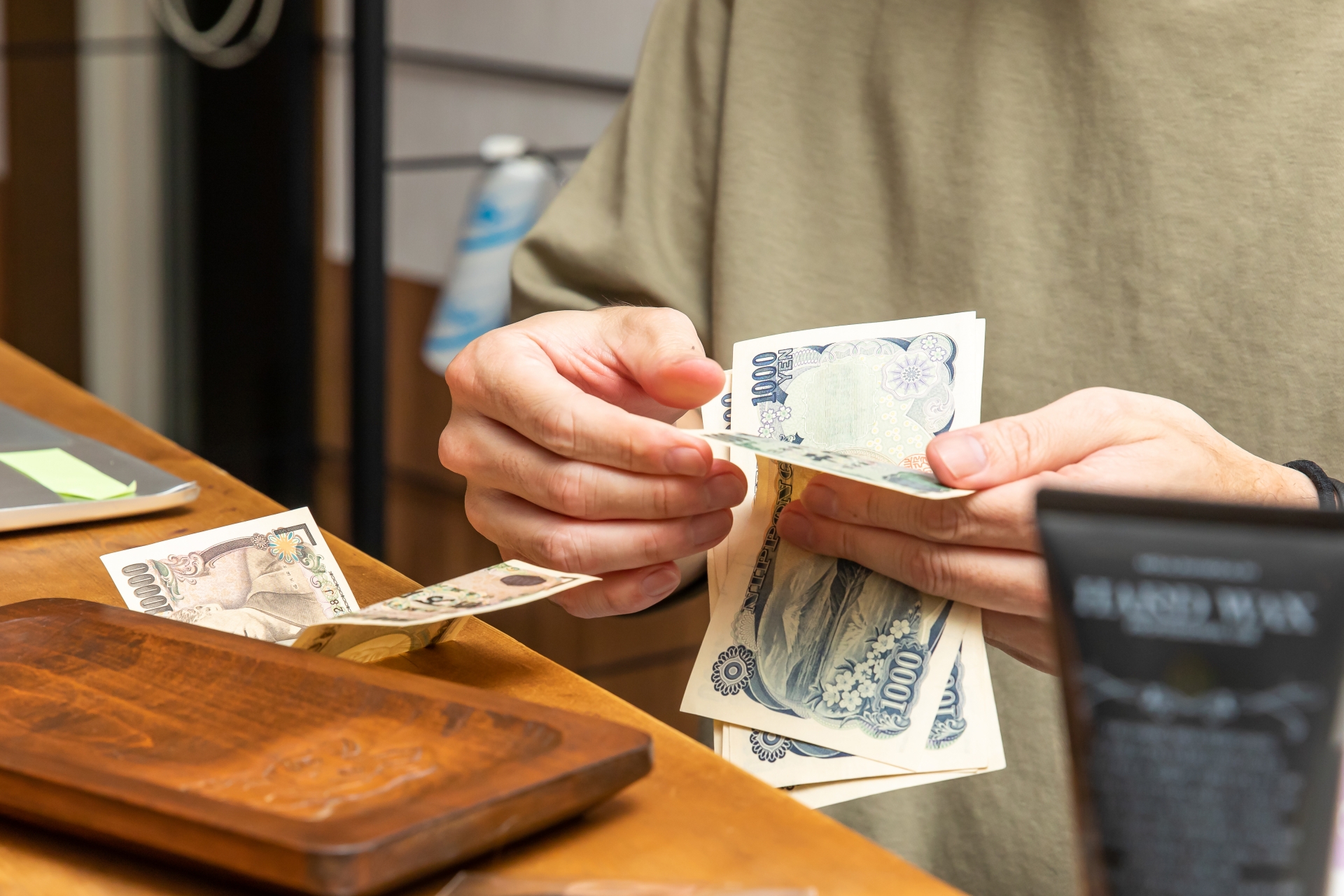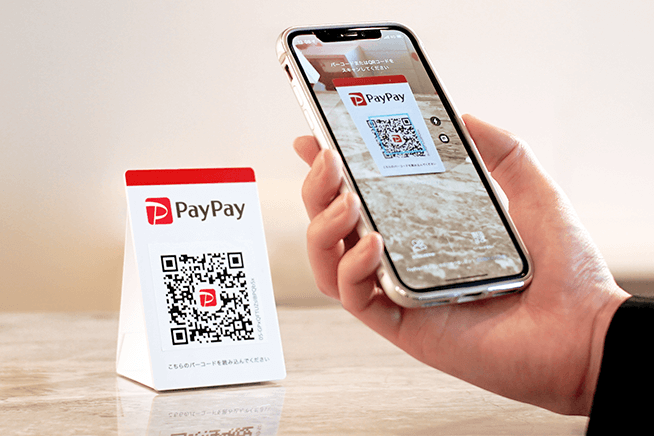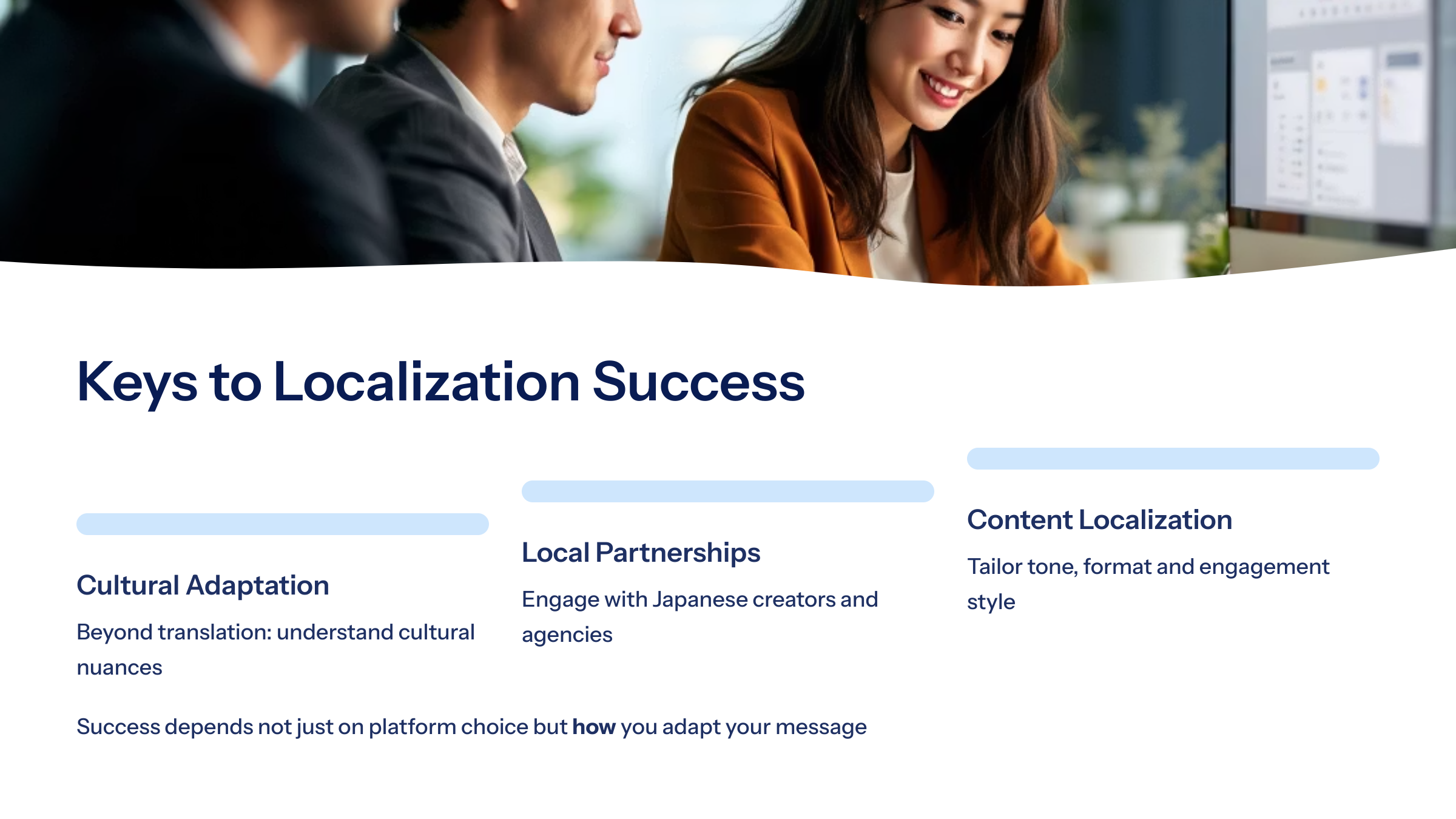Why Is Japan Still Cash-Oriented?
Japan is one of the world’s most advanced economies, famous for its bullet trains, robotics, and futuristic vending machines. Yet when it comes to payments, many are surprised to find that cash still dominates everyday transactions.

If you're planning to launch or grow an e-commerce business in Japan, understanding this unique consumer behavior is essential. In this article, we’ll explore why Japan has historically been a cash-centric society, how cashless options are evolving, and which payment methods your website should support to stay competitive.
Why Do Japanese People Prefer Cash?
1. Trust in Tangibility
Japanese culture places a high value on security, privacy, and tangible assets. Cash feels secure, and many consumers trust it more than digital records.
2. Low Crime, Low Risk
Japan has one of the lowest crime rates in the world. This makes carrying and storing cash feel relatively safe, encouraging its continued use.
3. Long-Term Banking Traditions
Many older generations are still rooted in traditional savings habits. Rather than investing or relying on credit, people often keep physical cash at home or use bank accounts primarily for saving.
4. Resistance to Credit Culture
Unlike the U.S. or other Western countries, credit cards in Japan are not widely used for everyday spending. There's a cultural aversion to debt, which slows credit-based payment adoption.
Is Cashless Adoption Growing?
Yes, especially since the COVID-19 pandemic, which acted as a major accelerator.

Growth Areas:
- Mobile Payments: Services like PayPay, Rakuten Pay, and LINE Pay are seeing rapid uptake among younger consumers and urban users.
- IC Cards: Widely used for transportation (like Suica and PASMO), these smartcards are now accepted at convenience stores, vending machines, and cafés.
- Credit and Debit Cards: Still popular at larger retailers and online stores, though usage is lower compared to global standards.
Government Push:
The Japanese government has set goals to raise cashless transactions to 40% of total payments by 2025. Incentives and point-back systems have helped increase awareness.
What Payment Methods Should You Offer on a Japanese EC Site?
To capture both traditional and modern Japanese consumers, your online store should support a mix of payment options:
| Payment Type | Popular Services | Notes |
|---|---|---|
| Credit Cards | Visa, MasterCard, JCB | Still widely used online |
| Konbini (コンビニ払い) | Lawson, FamilyMart, 7-Eleven | Pay-at-store system; very trusted |
| Bank Transfer | Furikomi | Often preferred for high-value purchases |
| eWallets / QR Pay | PayPay, Rakuten Pay, LINE Pay | Rapidly growing, especially on mobile |
| IC Cards | Suica, PASMO | Useful for hybrid retail/online models |
💡 Pro Tip: Offer localized checkout interfaces and support Japanese-language customer service for smoother conversions.
How to Build Trust with Payment UX
- Show logos of trusted payment providers
- Offer receipts and confirmation emails in Japanese
- Use SSL and PCI-compliant gateways
- Clearly display refund and return policies

Take Your E-commerce Success to the Next Level
Japan is in a unique position: a technologically advanced society still deeply rooted in analog habits. While cash remains important, cashless adoption is accelerating, especially among younger generations and urban consumers. For overseas businesses entering Japan, offering the right mix of payment methods is not just convenient—it’s essential to success.
Navigating Japan’s unique payment landscape can be challenging, but you don’t have to do it alone. At JDOC Inc., we specialize in helping businesses like yours succeed in the Japanese market. Our expert team provides tailored solutions, from integrating trusted payment methods to optimizing your checkout UX for local consumers.
Partner with us to ensure your e-commerce platform is culturally aligned, secure, and conversion-focused, setting you up for long-term success in Japan’s dynamic market. Contact us today to learn how we can drive your business forward!

Contact us today to get started.
Your success story in Japan begins here.
/


